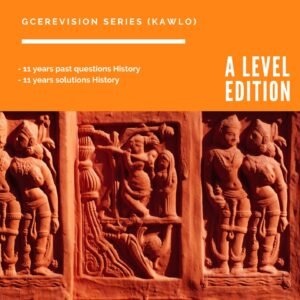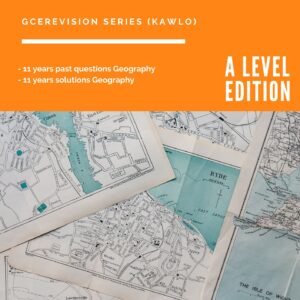consequences of jihads in northern cameroon
The JIhads had some political, economic and social effects in North Cameroon and others parts of the continent as stated below:
Political Effects
- The jihads changed the political set up of north Cameroon. Since religion was closely associated to politics. The Fulani herdsmen automatically became political administrative heads. A centralised system of government was formed in towns like Maroua Ngaoundere and Garoua which comstituted lamidats and were headed by lamados. The Lamido was answerable to the Emir of Yola who in turn was under the caliphal’s umbrela in Sokoto
- The groups which resisted assasination migrated to the hilly zones or to the south. Tbe jihads were responsible for the southward migration of the Bali Chamba,Gbaya, Tikar, Mbum and Vute
Economic Effects
- When the Fulani conquered Northern Cameroon they deprived the earlier settlers from their cattle, reduced themto subjection and forced them to live in large towns as servants of the ruling families.
- The land tenue, military service and tax system in the Adamawa emirate was made to ressemble that of medieval Europe. The land belonged to the emir and the subjects who worked on this land paid tributes to him for use. The peace of land on which subjects worked could not be transferred from one person to another without the expressed permission of the overlord. Furthermore the subjects were expected to pay a specific tax to their overlord on a yearly base.
- The jihads also improved on the communication system of the region.The payement of tributes which is a practice of muslims enabled the movement of people from one area to another which entailed the formation of a better route network by improving on the existing foot paths. The Inter-lamidat relations encouraged communication from one lamidat to another. In addition through military invasions, isolated areas became accessible since routes were opened to facilitate the campaigns.
- Vast farm land, grain and cattle were destroyed by warfare and slaves captured were either sold to the Arabs in the the north or given to the Sultan of Sokoto as tributes.
Social Effects
- Islamic architecture was introduced especially with the building of mosques and palaces. This contributed to the urbanisation of Northern Cameroon with towns like Maroua, Garoua and Ngaoundere under the control of Lamidos and mallams the intellectuals class produced by the revolution.
- Culturally, the lslamic doctrine implanted the lslamic culture in Northern Cameroon. The doctrine automatically tranatormed the north Cameroon society with the formation of a class of intellectuala that had to live by the Islamie precepts. Consequently the system of reading and writing was gared towarda the understanding of the Koran more importantly the of the 5 pillas of Islam
- The Fulbe language (fulfude) became the common language of North Cameroon. Islamic literature and koranic schools were established.
- Islam was strengthened, many pagans became muslims.Islam was also purified. The malikite code was strictly enforced and Muslims followed lslamic practices strictly. The writings of Uthman Dan Podio and his flowers wers extremely influential. Sharia courts became more Important. Many Mosques and communal prayer grounds were set up after the collaps of the pagan government. lslamic theocratic states were set up and an ideal lalamic society established.
https://cameroongcerevision.com/islam-in-cameroon/














